To decrease weeds from encroaching and infiltrating, many fences are complemented with a fence weed barrier. This barrier is usually a fabric that lines the ground below the fence, stretching up a few feet for added protection. Perhaps the most common variety of this barrier is a black plastic material no weed can penetrate!
A band of black plastic fabric, typically 4 or 6 feet in width, unfurls on the ground and crawls up the periphery of the fence, spanning 100 or 200 feet long. Wedges of metal and plastic press the layer into place while the weight of soil and mulch keeps it from slipping away.
The black plastic weed barrier works like a shield, defending the grounds from receiving sunlight or water. By restricting these elements, weed seed germination and growth can be effectively prevented.
After several years of exposure to sunlight and the elements, the black plastic weed barrier’s temporary life will eventually decline, necessitating its eventual replacement.
For those searching for a weed-proofing solution, the black plastic weed barrier is an obvious choice; however, there are also other options available, such as:
– Polypropylene cloth, stitched together in a weave formation, is a close second to the frequently-used black plastic for weed protection. Varying widths and lengths are available to the modern gardener.
Landscape fabric is a hardy fabric solution designed for use in landscaping and garden projects. Its diverse range comes in a variety of lengths and widths, offering an array of options for home and professional gardeners alike.
Control erosion with ease through the use of heavy duty Erosion Control Fabric! Featuring a range of differing widths and lengths, it’s the perfect material for tackling erosion-prone areas.
Depending on your goals and how much you want to invest, your decision for a weed barrier for the fence will vary. All of them can prevent anything from sprouting up through the fence, but some are tougher than others.
Related Product
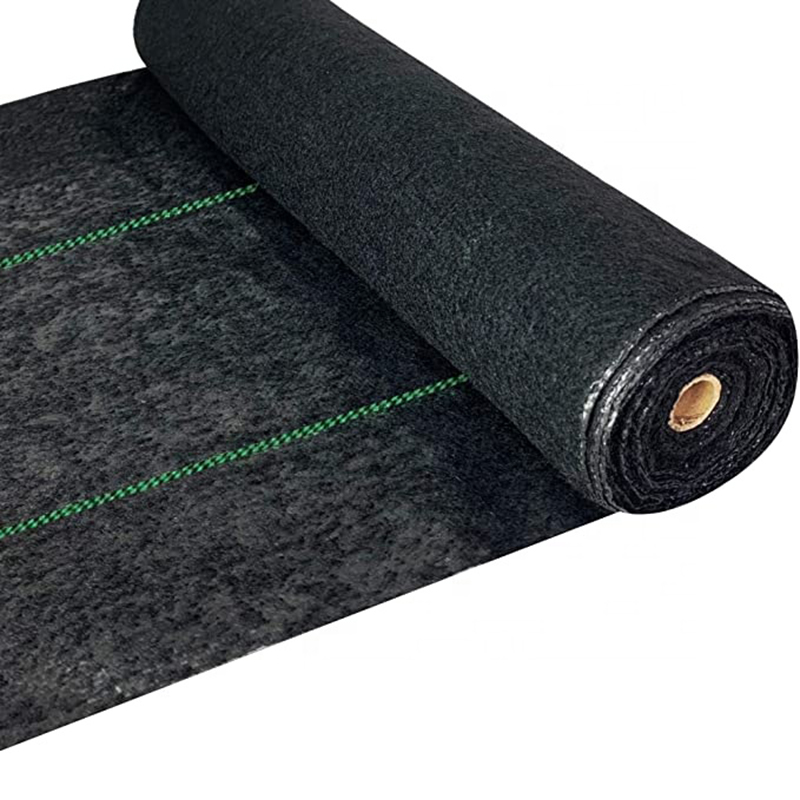
Heavy Duty Landscape Fabric
High Strength &Durability: 5.8oz heavy duty landscape weed barrier fabric, made of tightly woven polypropylene fabric needle which punched with UV-stabilized. 98.7% opaque to l […]
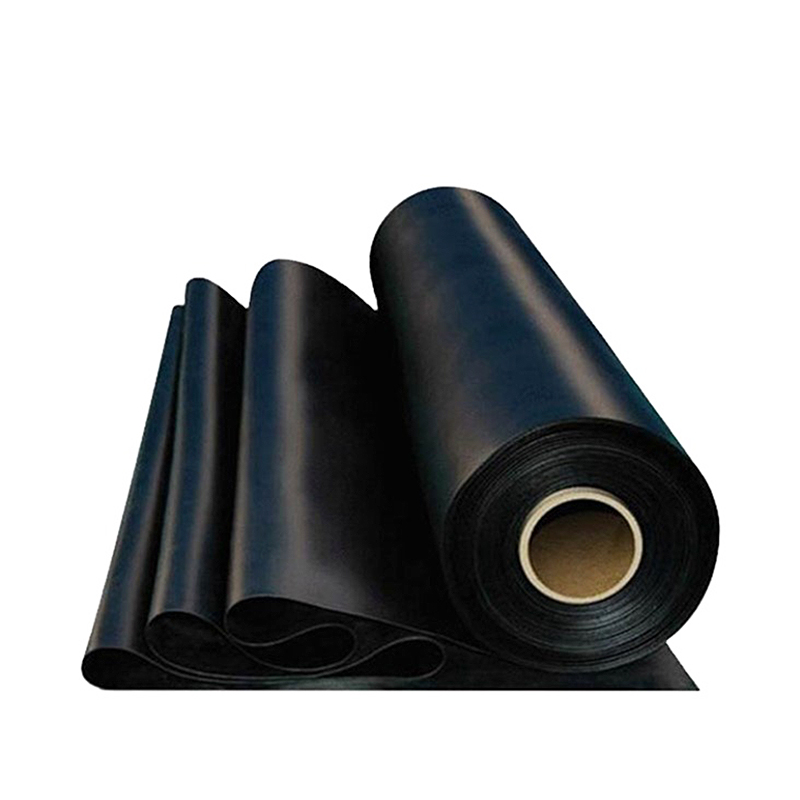
Hdpe Geomembrane
Product Features: They have strong ability for waterproof,anti seepage and isolation, aging resistance, good welding performance, convenient construction, root resistance and other […]
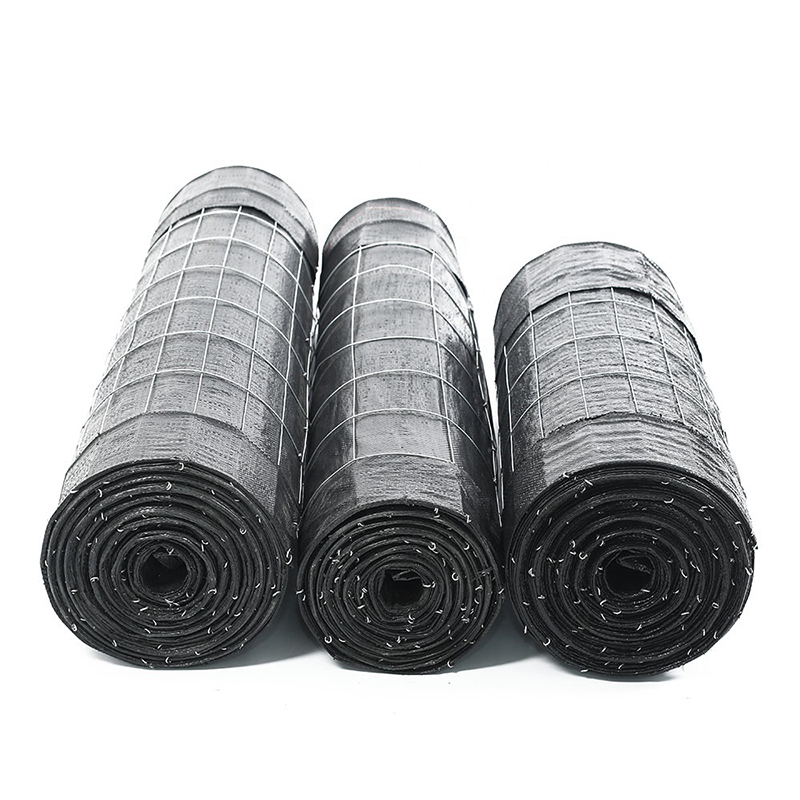
Wire Backed Silt Fence
The Wire Back Silt Fence is a strong erosion control fence designed for areas with demanding silt and erosion control requirements. Offering more strength and stability than a stan […]
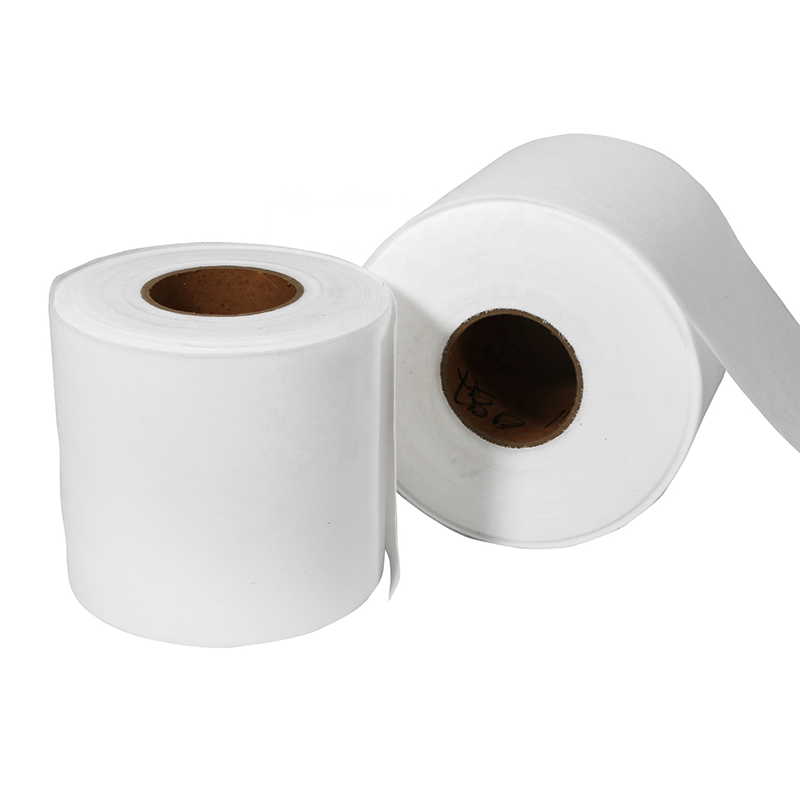
Non-Woven Geotextile
Geotextiles are permeable geosynthetic materials made by needling or weaving synthetic fibers. Geotextile is one of the new geosynthetic materials, and the finished product is clot […]
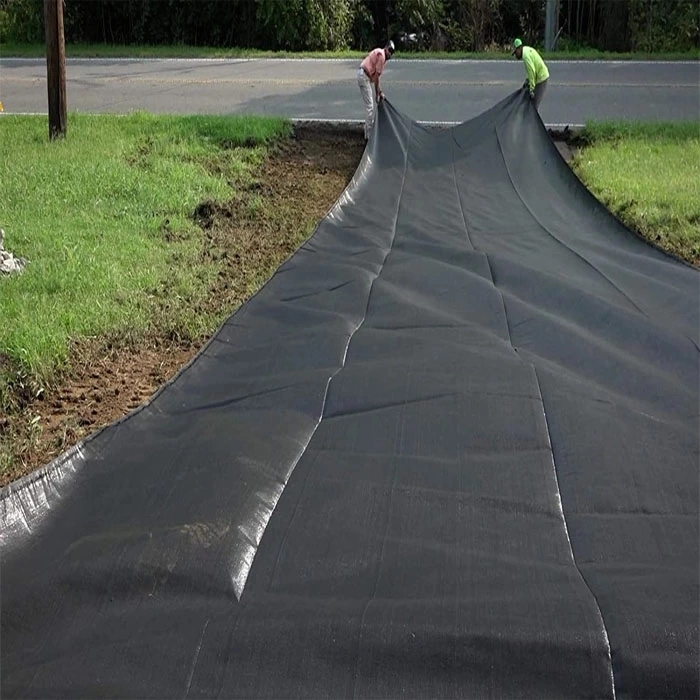
Bluekin Weedmat: Your Secret Weapon for a Low-Maintenance and Beautiful Garden
Are you tired of spending countless hours weeding and maintaining your garden? Look no further than Bluekin Weedmat, the ultimate solution for a low-maintenance and beautiful garde […]
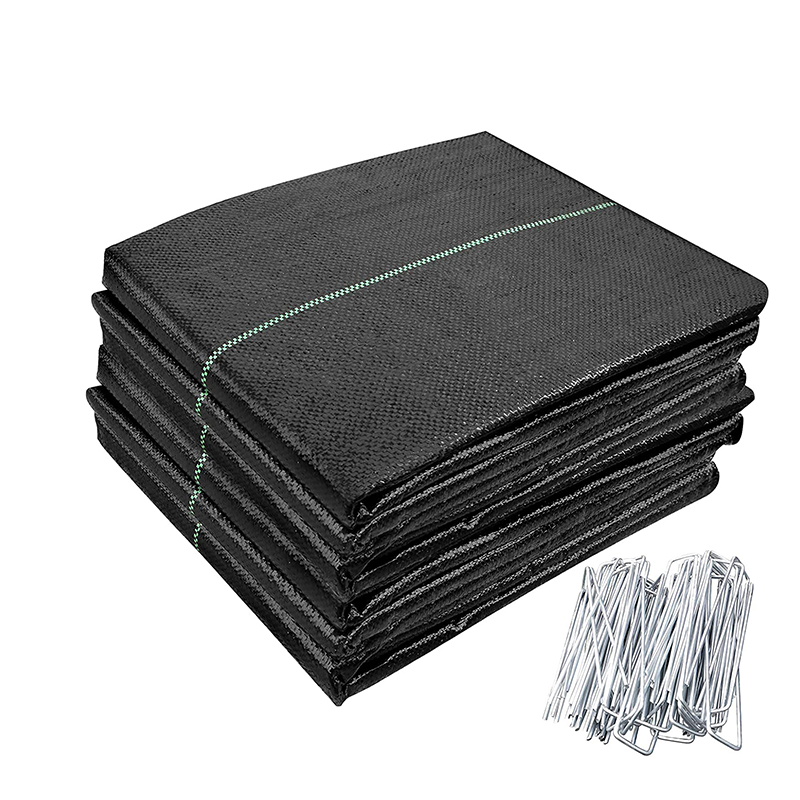
Woven Geotextile/Weed Mat
PP Woven Geotextiles are a series geotextiles made of high-performance polypropylene woven geotextile fabrics combining strength, durability and robust design. All these PP woven g […]
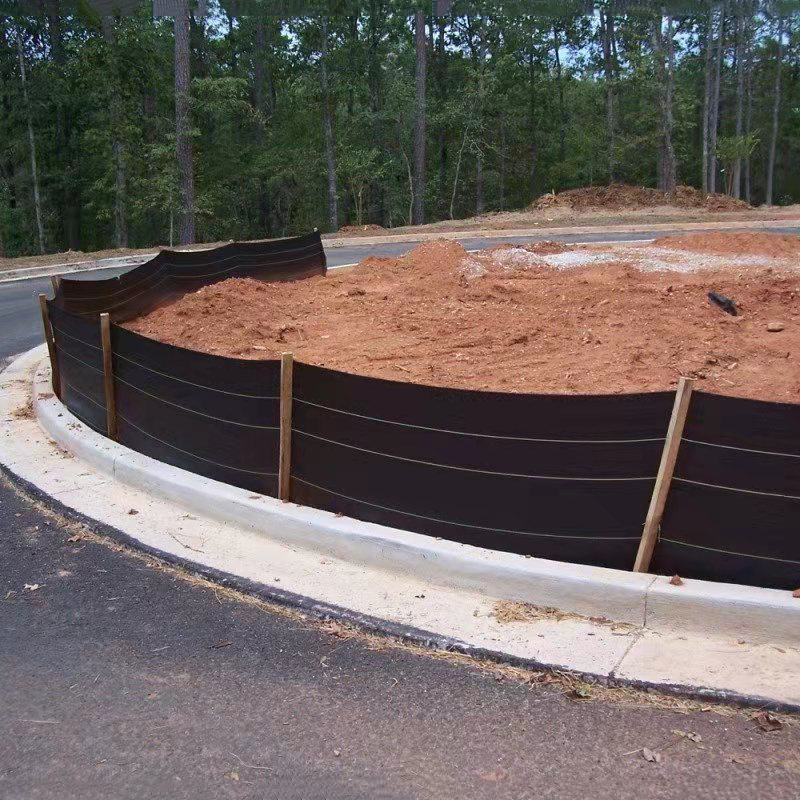
Silt Fence
Product Weed Mat / Ground cover/Slit fence Weight 70g/m2-300g/m2 Width 0.4m-6m. Lengths 50m,100m,200m or as your request. Color Black,Green,White ,Yellow or As your request […]
Post time: 2023-06-21
